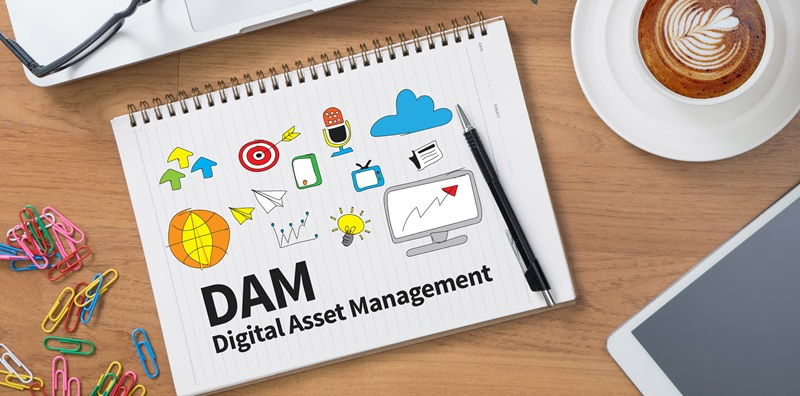In today’s digital age, efficiently and effectively managing a wide range of assets is crucial for businesses to stay competitive. This is where a Digital Asset Management (DAM) system comes into play. However, implementing and maintaining a DAM requires careful consideration and regular maintenance to ensure optimal performance. This article delves into the key practices that organizations should adopt to maximize the success of their DAM.
Importance of Auditing Assets Before Implementing a DAM
Before selecting a DAM tool, auditing your assets is a critical step. This process provides an in-depth understanding of your asset inventory, including their type, size, and organizational structure. By comprehensively assessing your assets, you can identify specific requirements and ensure that the DAM tool you choose aligns perfectly with your needs.
The Role of Regular Audits in Maintaining the DAM
Once your DAM is implemented, regular audits become indispensable. These audits help you keep track of changes in your asset library, identify obsolete or duplicate assets, and ensure the accuracy and relevance of your collection. Additionally, audits enable you to organize and categorize assets effectively, facilitating easy retrieval and eliminating clutter.
Utilizing Standardized Naming Conventions for Easy Asset Management
Standardized naming conventions play a vital role in streamlining asset management. Establishing a consistent naming structure across your asset library simplifies the search process for users, reduces time wastage, and minimizes the risk of misplacing or duplicating files. By adhering to established guidelines, assets become easier to find and manage.
Streamlining the Use of the DAM Through Clearly Defined User Roles
Defining user roles and permissions within the DAM system is crucial for effective collaboration and resource allocation. Assigning appropriate access levels to different user groups ensures that individuals have the necessary privileges to fulfill their job requirements while safeguarding sensitive data. This streamlines the overall use of the DAM and enhances security.
Granting Users the Minimum Level of Access for Job Requirements
The principle of least privilege is essential in DAM usage. Granting users only the minimum access level required to fulfill their job function prevents accidental or intentional misuse of assets. It also minimizes the risk of unauthorized access and protects sensitive information from potential security breaches.
Prioritizing Training During the Launch of a New DAM
When implementing a new DAM system, providing comprehensive training to all users is crucial for seamless adoption. Training sessions should cover basic navigation, asset uploading and retrieval, metadata tagging, and utilization of collaborative features. This ensures that users are equipped with the necessary knowledge to leverage the DAM effectively from day one.
Recognizing that user training extends beyond the initial implementation phase
DAM user training should be an ongoing effort, extending beyond the initial implementation phase. Continuous education ensures that users remain updated with new features and functionalities. Regular workshops, webinars, and refresher courses contribute to maximizing user proficiency, leading to increased productivity and optimal utilization of the DAM.
Maximizing the Value of the DAM Through Regular Use of Analytics
Analytics provide valuable insights into how your DAM system is being used. Monitoring user activity, asset popularity, and search patterns can help identify areas for improvement and inform content strategy. Regularly analyzing analytics data helps refine asset organization, enhance user experience, and realize the full potential of the DAM.
The Significance of Regular Communication with Users, Beyond Just Relying on Analytics
Apart from analytics, fostering open communication with users is essential to ensure that the DAM continues to meet their needs and expectations. Seek feedback, conduct surveys, and engage in conversations to gather insights and suggestions for improvements. User input is invaluable in guiding the evolution of the DAM and ensuring that it remains a user-friendly and efficient tool.
Understanding and Embracing the Idea that the DAM is a Living System Requiring Constant Care and Evolution
Finally, organizations must view the DAM as a living system that evolves over time. Requirements, technologies, and user needs can change, and the DAM should adapt accordingly. Regular updates, system evaluations, and the integration of new features and technologies are essential for the DAM to remain an invaluable asset management tool.
Implementing and maintaining a successful DAM requires a proactive and holistic approach. Regular asset auditing, adherence to standardized naming conventions, defined user roles, ongoing user training, thorough utilization of analytics, continuous communication with users, and a mindset of constant evolution are all key elements of an optimized DAM strategy. By implementing these best practices, organizations can fully leverage their DAM investment, enabling streamlined asset management, increased productivity, collaboration, and improved workflow efficiency.

